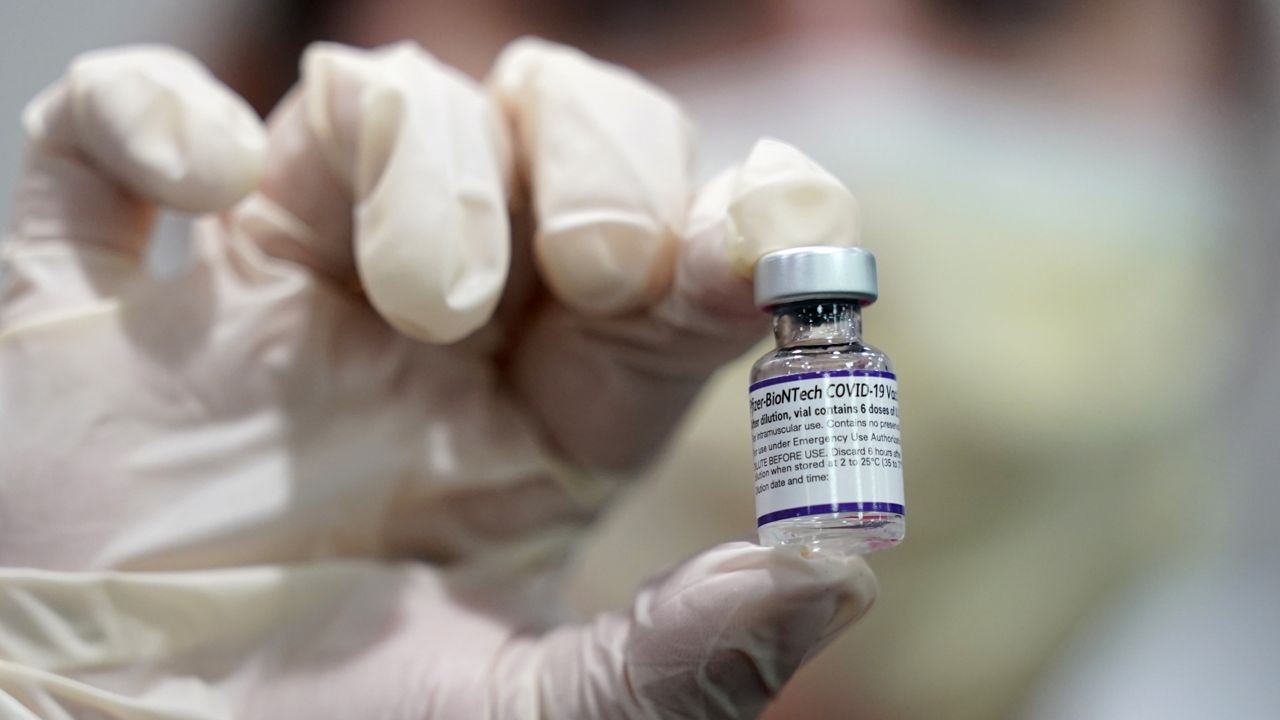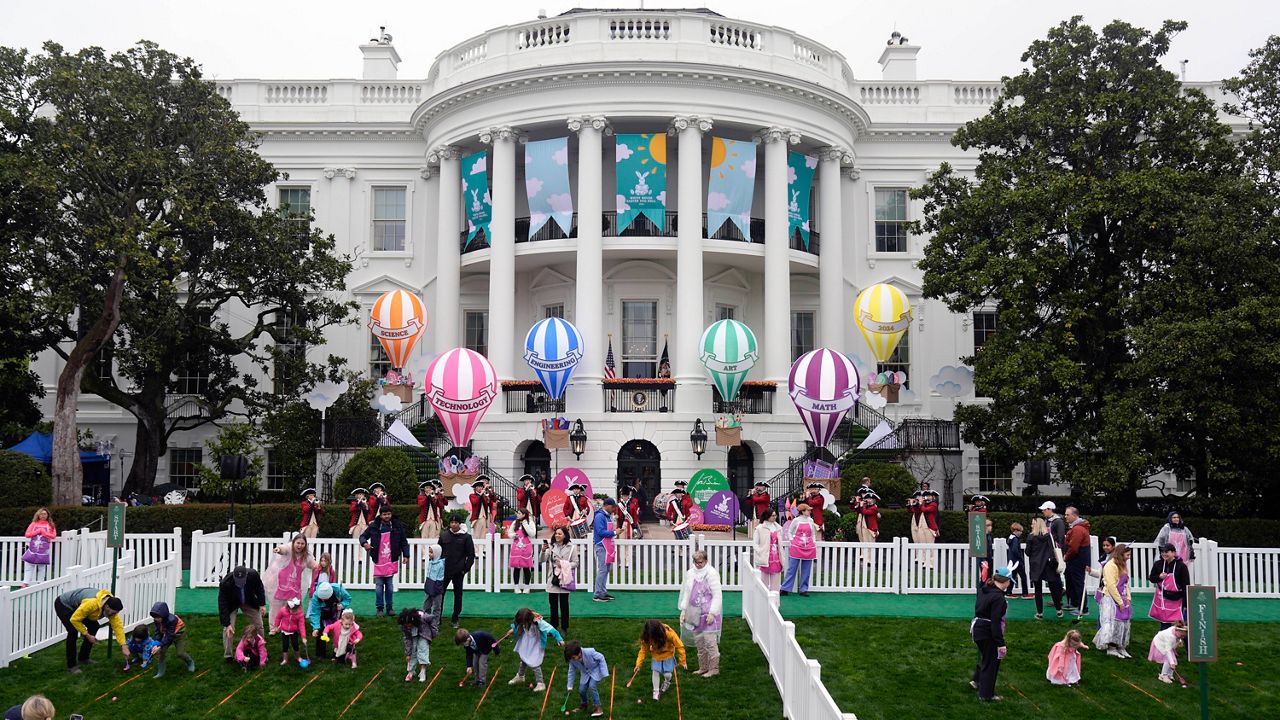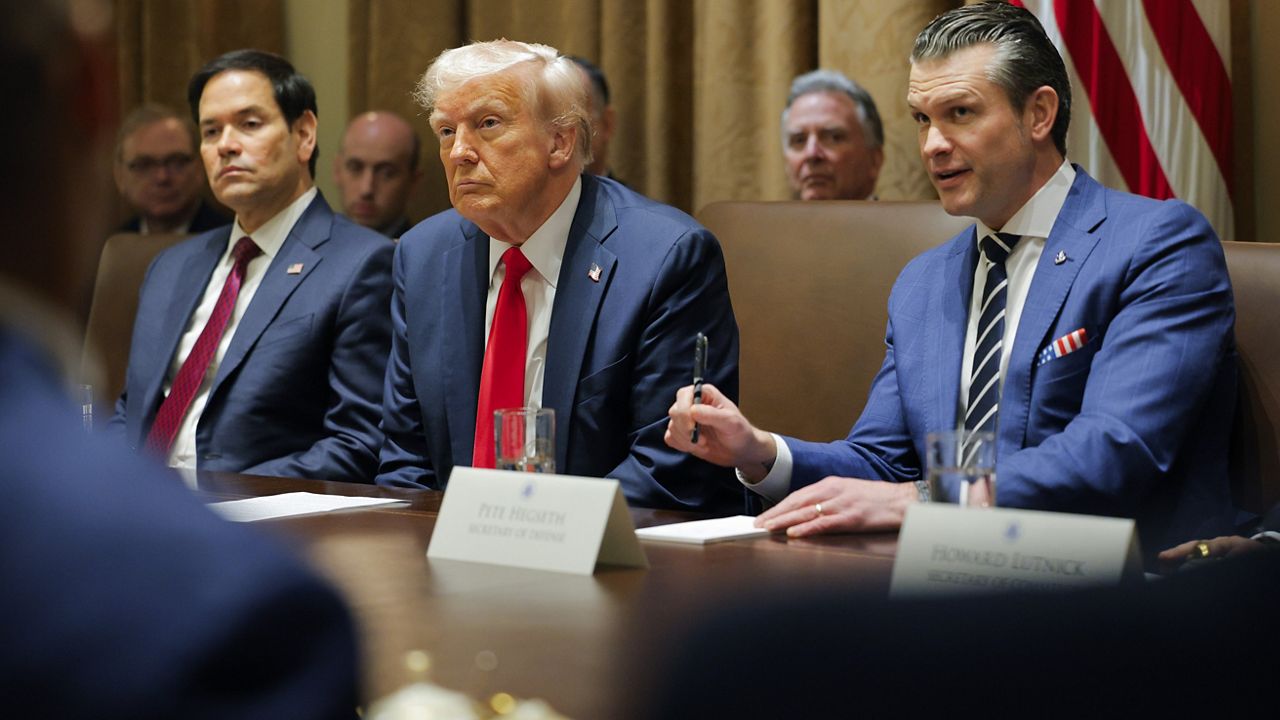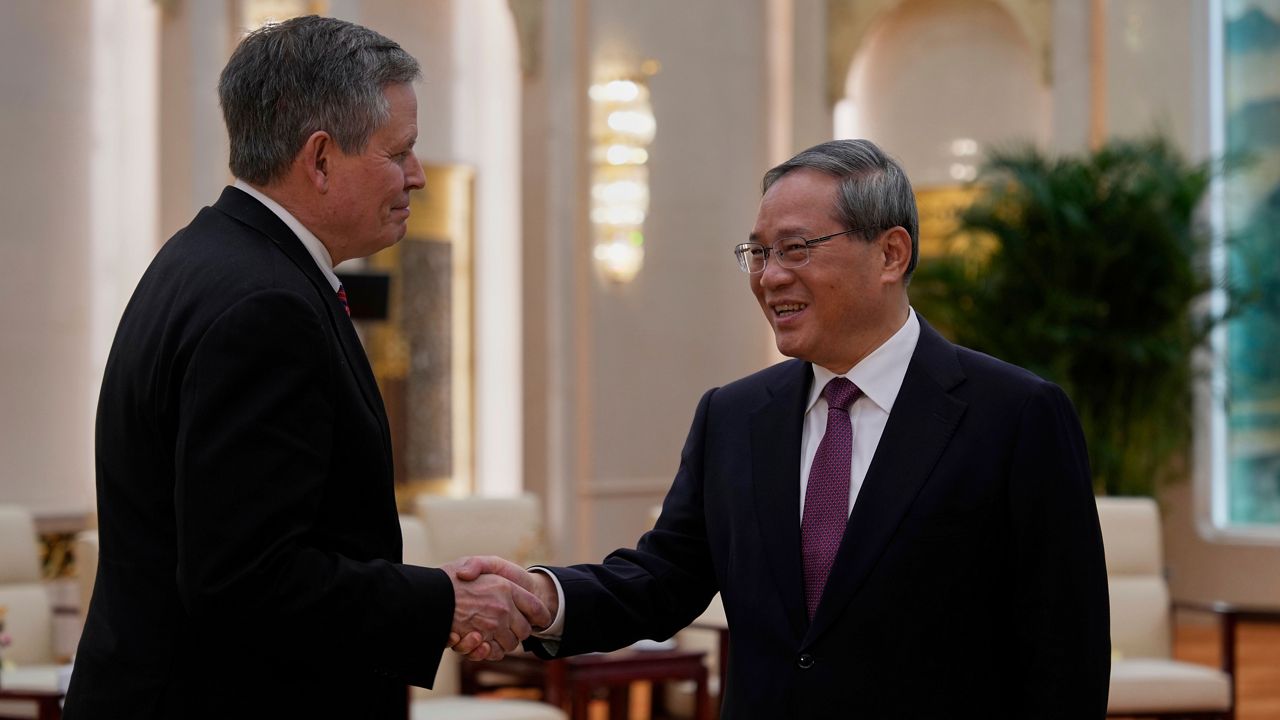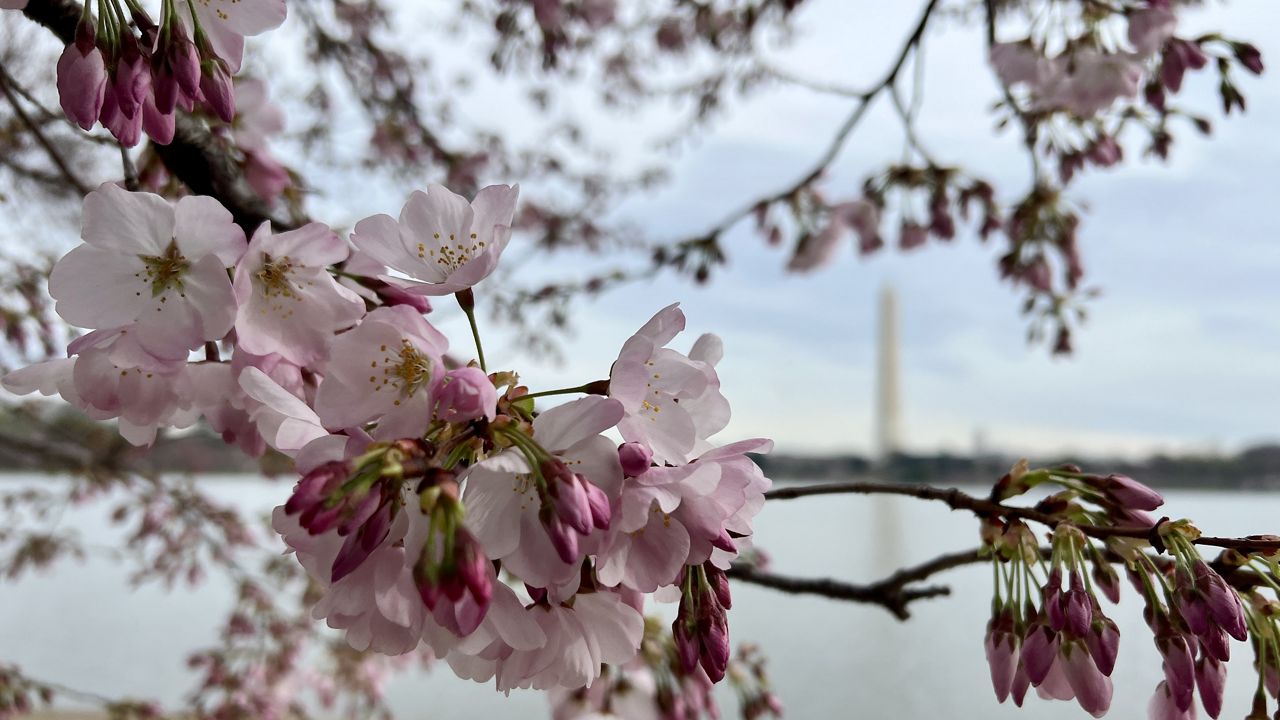The Biden administration is working with state and business partners to prepare for the anticipated approval of a COVID-19 vaccine for children as young as five, White House officials said Wednesday.
Children under the age of 12 have so far not been able to get vaccinated against the coronavirus in the United States. Of the three domestically authorized vaccines, only the one from Pfizer-BioNTech has been approved for use in individuals as young as 12; both the Johnson & Johnson and Moderna vaccines can be given to people 18 years and up.
On Oct. 7, Pfizer submitted data to the U.S. Food and Drug Administration (FDA) requesting emergency use authorization (EUA) for its vaccine in kids aged 5-11. Surgeon General Dr. Vivek Murthy on Wednesday said a final approval for the age group could be handed down by early November.
Receiving authorization requires, in essence, a four-step approval process: First, the Vaccines and Related Biological Products Advisory Committee (VRBPAC), an independent advisory board to the FDA, must hold a public meeting to get input from other experts and to analyze data; VRBPAC then submits its recommendation to the FDA, which then makes a decision about whether to implement the recommendation into the overall healthcare system.
Following the FDA’s ruling, the Advisory Committee on Immunization Practices (ACIP) — a subsect of the U.S. Centers for Disease Control and Prevention (CDC) — must hold a separate public meeting on the data, after which the CDC makes a final clinical recommendation for healthcare providers.
“To summarize, VRBPAC offers their advice, then the FDA makes a decision. ACIP offers their advice, and the CDC makes a decision,” Murthy said during a press briefing, adding: “VRBPAC will meet beginning on October 26, followed by ACIP on November 2, so we could hear decisions from both agencies, the FDA and CDC, by early November, and we will be ready to implement their recommendations as soon as we hear them.”
In anticipation of vaccine approval for younger children, the White House has begun communicating with governors and their teams on how and where to distribute the jabs.
“We've asked governors to take steps to enroll providers such as pediatricians,” White House COVID-19 coordinator Jeffrey Zients said Wednesday. “We’ll rely heavily on pediatricians and family doctors in the vaccination program so they can begin providing vaccinations right away.”
The administration is asking state governments to begin education and outreach campaigns primarily targeted towards parents of young children to encourage them to vaccinate their kids. Zients stressed that the White House will also ensure that there are sufficient vaccination sites “in areas of high social vulnerability, and also in rural areas.”
“We'll bring that vaccine, as we've talked about, to pediatricians' offices, and also directly to schools, where appropriate, and community sites,” Zients said. “We'll work with trusted messengers as we have throughout, particularly those trusted messengers who can answer questions for parents and kids.”
Pfizer’s vaccine for children aged 5-11, should it be granted authorization, will be a smaller dose than the regimen given to adults. Children would receive a two-dose regimen of 10 micrograms administered 21 days apart, compared to the 30 microgram doses given to adults.
“The safety profile and immunogenicity data in children aged 5 to 11 years vaccinated at a lower dose are consistent with those we have observed with our vaccine in other older populations at a higher dose,” Dr. Ugur Sahin, CEO and co-founder of BioNTech, said in a statement in late September.
Zients on Wednesday said the administration “will be ready” to distribute pediatric COVID vaccines if and when they are approved, saying the White House has enough supply to vaccinate all those who want a jab.
Officials also expressed concern that the rate of COVID vaccinations among already eligible children have begun to slow; according to CDC data, around 55% of 12-15 years old have gotten at least one dose of the vaccine, along with nearly 62% of 16-17 year olds.
Nationwide, just over 78% of adults over the age of 18 are at least partially vaccinated against COVID-19.
While health experts urged all eligible Americans to get vaccinated against COVID-19, the White House is also working on a “test-to-stay” policy to better protect school children, with the goal being to keep as many kids participating in in-person learning while still staying safe from the virus.
“Rather than students quarantining after potential exposure, they could potentially instead come back to school but test so that we would know, as a returning to school on a frequent testing basis, that they were safe coming back to school,” CDC Dr. Rochelle Walensky said of the potential new strategy, adding that she anticipates “there will be guidance forthcoming” in the near future.





